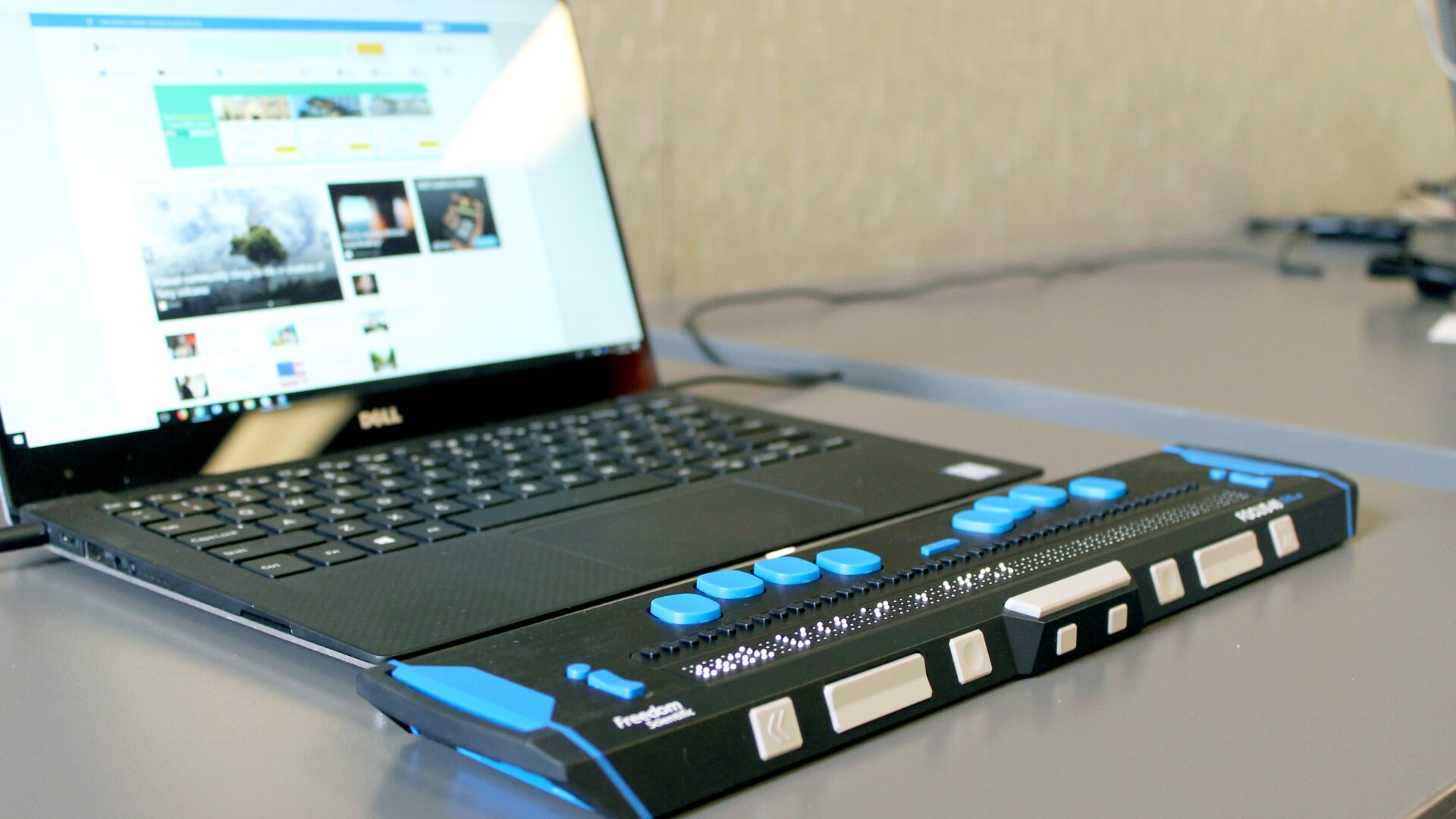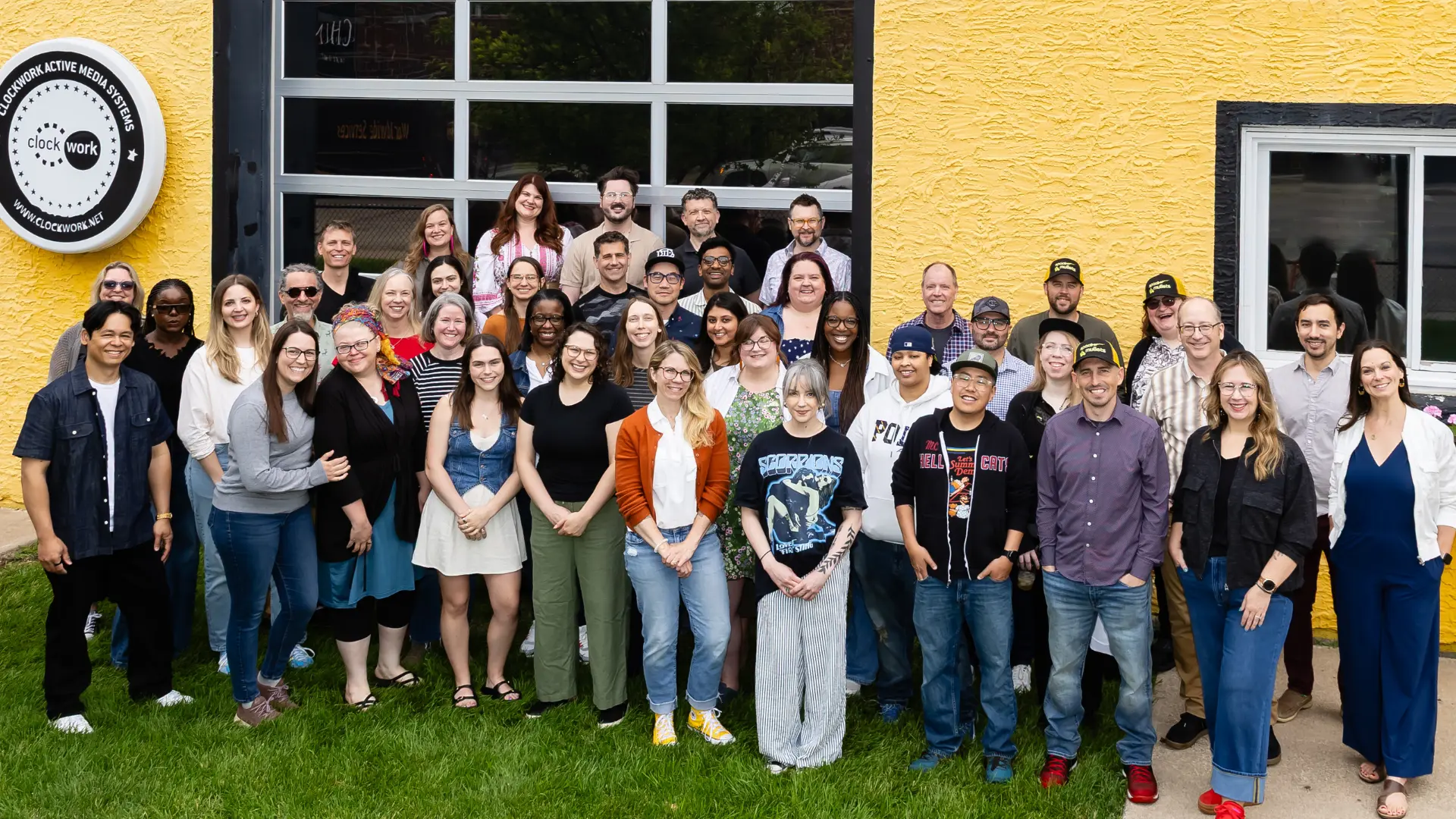Imagine a digital world where everyone, regardless of their abilities or disabilities, can effortlessly access and interact with online content. At Clockwork, we’re committed to making this vision a reality by ensuring that our digital experiences are inclusive and welcoming to all.
We’ll discuss why accessibility is crucial, explore the significance of the recently updated Web Content Accessibility Guidelines 2.2 (WCAG 2.2), and shed light on some key changes in a non-technical way.
Why accessibility matters at Clockwork
At Clockwork, accessibility isn’t just a checkbox—it’s a fundamental principle in our experience design. We believe that everyone should have equal access to the digital experiences we create. Inclusion isn’t a buzzword; it’s part of our core mission. We’ve all experienced how technology has transformed our lives, but for individuals with disabilities, this transformation can be profound. Creating accessible digital experiences is the key to digital success. By ensuring accessibility, we make sure that our websites and apps can be used by everyone, from those with visual or hearing impairments to those with cognitive or motor challenges.
Understanding disabilities and how accessibility helps
To create a more accessible digital world, it’s vital to understand the types of disabilities considered in accessibility:
- Visual Disabilities: These include blindness, low vision, and color blindness. Imagine trying to navigate a website if you couldn’t see the screen.
- Motor Disabilities: Some individuals have limited fine motor control, making it challenging to use a mouse or navigate small buttons and links.
- Cognitive Disabilities: Learning disabilities, distractibility, and difficulty processing large amounts of information can be barriers to using digital platforms.
- Hearing Disabilities: Deafness and hard-of-hearing conditions affect the way users interact with audio content.
Empathy is key to understanding why accessibility is important. If you’ve ever wondered how a visually impaired user navigates a website, check out this screen reader demo. It’s an eye-opening experience that highlights the importance of making digital content accessible.
WCAG & all those A’s
The Web Content Accessibility Guidelines (WCAG) define three levels of accessibility conformance, denoted as “A,” “AA,” and “AAA.” These levels serve as a framework for measuring and indicating the degree of accessibility of web content. Here’s a brief overview of each level:
- Level A (A): This is the minimum level of accessibility compliance. Meeting Level A criteria ensures that basic accessibility requirements are met. It addresses the most critical accessibility issues and provides a baseline for making content accessible to many users with disabilities. While Level A is the minimum, it’s an essential starting point for accessibility.
- Level AA (AA): Level AA compliance goes beyond the minimum requirements and represents a higher level of accessibility. It addresses a broader range of accessibility issues, making content more usable for a wider audience, including individuals with various disabilities. Achieving Level AA means providing a more inclusive and user-friendly experience.
- Level AAA (AAA): Level AAA is the highest level of accessibility conformance. Meeting AAA criteria represents the most advanced level of accessibility, addressing a comprehensive set of requirements. Achieving Level AAA often involves additional design and development efforts to create an exceptionally inclusive and accessible user experience.
While Level AAA represents the highest standard of accessibility, it may not always be achievable or practical for all websites and digital content. Level AA is typically considered a good balance between accessibility and usability, and it’s often recommended as the target level for most digital projects.
When assessing the accessibility of a website or digital content, it’s common to aim for at least Level AA compliance, as it provides a solid foundation for inclusivity. However, specific accessibility requirements may vary depending on the nature of the content and the needs of the target audiences. This might mean leveraging native app screen reader technologies for healthcare experiences or more comprehensive content considerations for government and municipal websites.
WCAG 2.2 changes in a nutshell
WCAG 2.2 builds upon WCAG 2.0 and 2.1 and introduces nine new success criteria, enhancing digital inclusivity.
The existing success criteria from WCAG 2.0 and 2.1 remain largely the same, except for one notable change: 4.1.1 Parsing has become obsolete and is removed from WCAG 2.2. For a more in-depth look at these changes, refer to the WCAG 2 FAQ.
Here’s a simplified breakdown of what was introduced in WCAG 2.2:
- Focus Not Obscured (Minimum) (AA): Ensure that when an item gets keyboard focus, it’s at least partially visible. This is crucial for those who navigate without a mouse.
- Focus Not Obscured (Enhanced) (AAA): Takes it a step further by ensuring items with keyboard focus are fully visible, leaving no room for hidden content.
- Focus Appearance (AAA): Focus on making the keyboard focus indicator visible by providing sufficient size and contrast, making it easier for users to see it.
- Dragging Movements (AA): For actions involving dragging, provide a simple pointer alternative, helping users who can’t use a mouse to complete tasks.
- Target Size (Minimum) (AA): Ensure that targets are of a minimum size or have sufficient spacing around them to avoid accidental clicks, making navigation smoother.
- Consistent Help (A): Help mechanisms should be in the same place when present on multiple pages, making it easier for users to find assistance.
- Redundant Entry (A): Prevent asking for the same information twice within a single session. Auto-populate previously entered data to save time.
- Accessible Authentication (Minimum) (AA): Make authentication easy by not requiring users to solve puzzles or remember complex information.
- Accessible Authentication (Enhanced) (AAA): Extend the same principle, ensuring that authentication processes do not rely on recognizing objects or user-supplied images and media.
How we work with you on accessibility
Our commitment to accessibility doesn’t stop at belief; it’s woven into the fabric of our work. We aim to design and develop experiences that meet the latest in accessibility guidelines and work with you to define what that means for your experiences and audiences.
We’re here to collaborate with you on accessibility matters, helping you make informed decisions and investments.
Clockwork is committed to accessibility because we believe that everyone should be able to navigate and use digital platforms with ease. By adhering to the latest accessibility standards and understanding the experiences of users with disabilities, we can create a more inclusive and welcoming digital world. After all, accessibility is not just a goal—it’s a fundamental value.
Want help assessing and updating your site’s accessibility? Get in touch.




